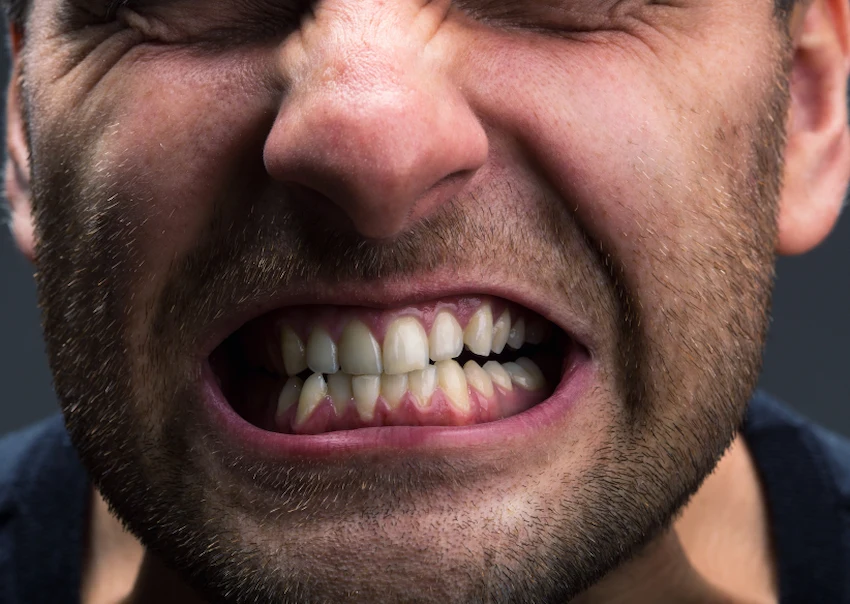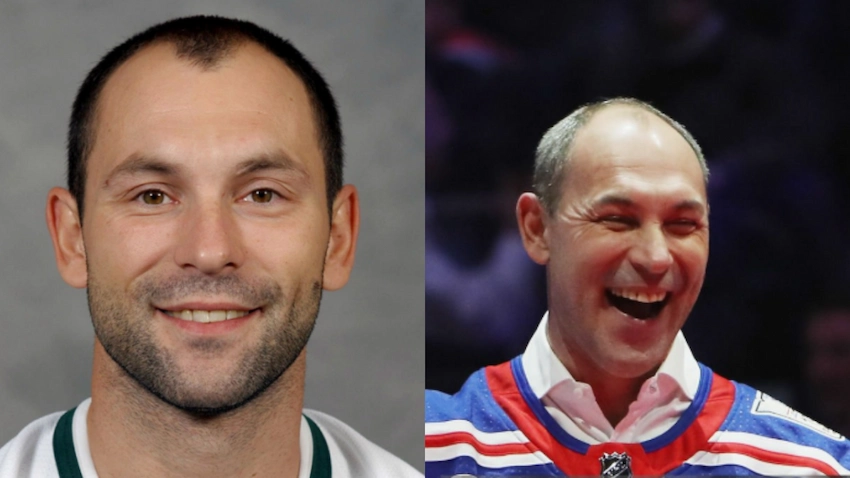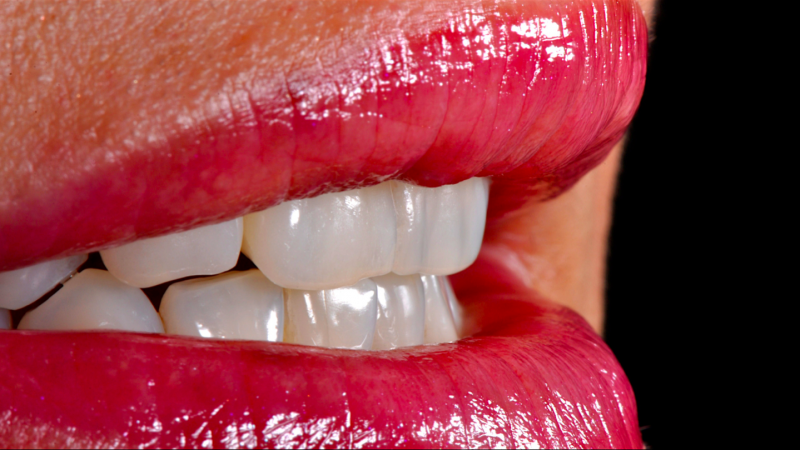🦷Why No Dairy After Tooth Extraction
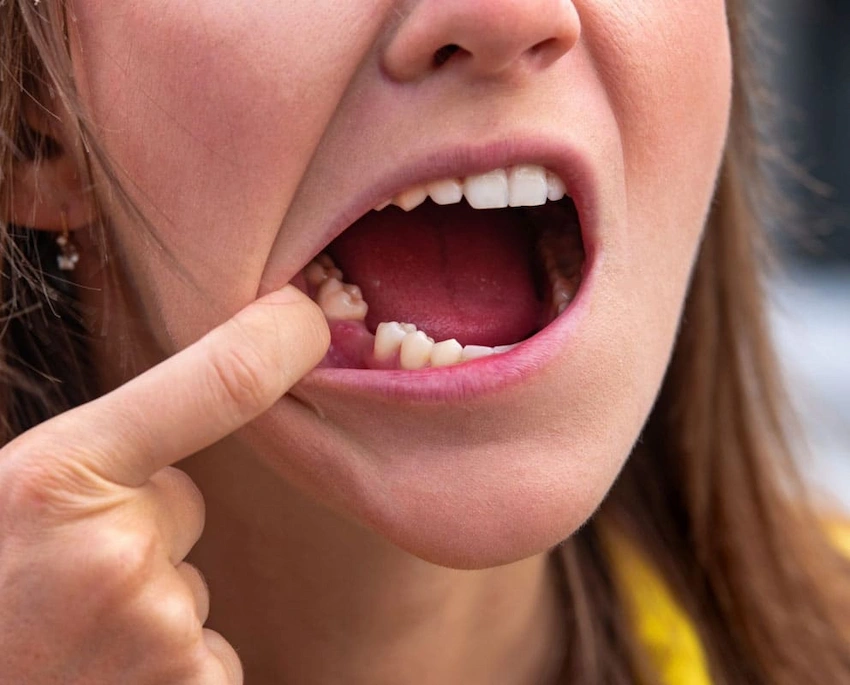
The act of tooth extraction is a normal dental procedure that many go through because of a variety of reasons, e.g., severe decay, infection, or the teeth being in a crown. After the procedure, patients usually receive precise dietary recommendations to not only heal optimally but also to avoid complications. One of the most popular pieces of advice is the one where they are told to refrain from the intake of dairy products. However, the question here is why no dairy after tooth extraction?
The Impact of Dairy on Healing
Dairy products, in spite of being healthy, can still be a threat to the recovery period of the wounded tissue following an extraction procedure, as they can re-introduce the initial of the periodontal disease.
One of the major problems is that milk still causes health issues since one can consume the casein protein that remains in the mouth after extraction. This can support further growth. This may then turn into a bacterial infection that will be a large problem, as it might delay healing and bring in extra pain. Dairy products can also be a source of inflammation. A way of consuming dairy can initiate an inflammatory reaction that is generally exaggerated in individuals who are proving to be swelling at the extraction site, thus making healing longer and more painful.
Dry Socket and Dairy
Dry socket is one of the most feared complications experienced after having a tooth extracted. This condition happens when the blood clot, which forms in the socket where the tooth was removed, is moved out of its place or dissolved shortly after the wound was exposed. In the absence of this life-saving clot, the bone and the nerves lay bare, thus causing a lot of pain and even an infection which would most likely end up as dry socket.

It is noteworthy that consuming dairy products can hurt the healing process of a dry socket in a number of ways. The creamy texture of dairy foods can lead to blood clot dislodgment. Besides, the presence of bacteria from the dairy products certainly raises the risk of infection, which will make the healing process more difficult and may eventually result in dry socket.
Recommended Alternatives to Dairy
For proper healing and lessened complications, it is essential to have other options instead of dairy during the time of recovery. Non-dairy foods that are easy on the stomach, without the need of much chewing, are the best options. Some of the recommended ones are:
- Mashed potatoes: They are mushy and do not cause any discomfort to the extraction site.
- Smoothies(non-dairy): Use almond or coconut milk instead of dairy and add fruits and vegetables to have a relatively healthy option.
- Applesauce: It is both gentle on the mouth and has an easy mouthfeel which makes it a great option in the whole eating process.
- Oatmeal: It is a delicious, not so heavy, and digestible selection which is also versatile as you can prepare it with a variety of non-dairy milk such as almond milk, or water, avocado, and even chocolate for taste.
- Broths and soups: Make sure that they are warm enough, not chunky and at the same time do not contain too many ingredients that require chewing.
Post-Extraction Care Tips
After the tooth is pulled, the next few days are for the pain and the swelling to be wiped out for a good rapid recovery. Below are the most effective and helpful tips:
- Ice packs: Put a piece of cloth between your skin and the ice pack and put it on the swollen part for 15-20 minutes. Repeat the procedure whenever needed during the first few days because it will bring the swelling down.
- Over-the-counter pain relievers: Drugs like ibuprofen are perfect for pain and inflammation treatment; use them to feel better.
- Saltwater rinses: Gently rinse your mouth with warm salt water, starting from the day after the extraction if you want to help your mouth stay clean and don’t want to have a lot of swelling.
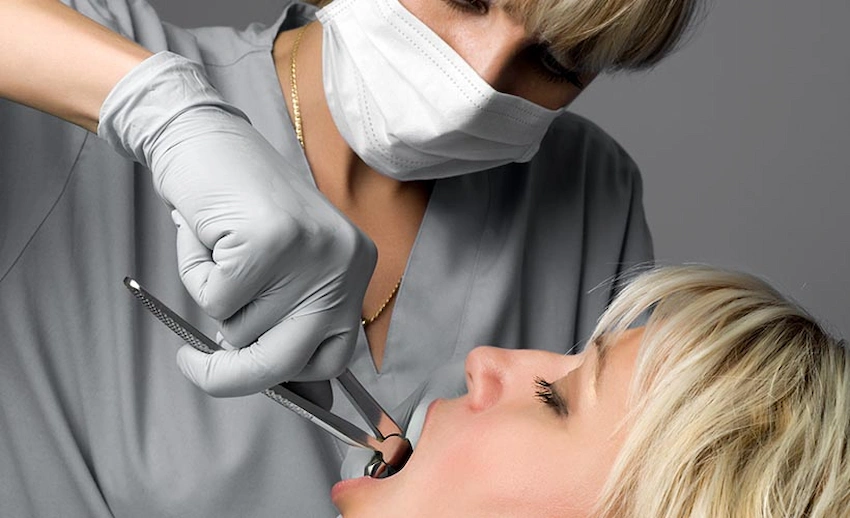
Moreover, by maintaining impeccable oral hygiene, it is not only possible to avoid infection but also to aid in recovery. However, the main thing is to be gentle around the extraction site.
- Brush gently: During the healing process, it is important to avoid the freshly-extracted tooth site and keep the normal daily regimen of brushing and flossing but in a gentle manner.
- Rinse carefully: Do not use antiseptic mouthwashes; a mild one or a saline solution to rinse the area will suffice without the clot getting dislodged.
- Avoid straws: If you suck on a straw, you are at risk of removing the blood clot, which may result in dry socket.
What to Expect in the First Week
In the first seven days following tooth removal, pain, swelling, and slight bleeding are expected, which are manageable and within normal boundaries. Yet, there are symptoms that, if present, might indicate you need to call your dentist:
- Excessive bleeding: Immediately ring the surgery to access professional help if your bleeding does not stop from the second day or gets worse.
- Severe pain: Your pain not decreased by medication but has even increased, this condition may signal a severe issue that requires professional attention.
Some of the common signs of infection include a high temperature, increased swelling, and pus around the site of the extraction. In such a situation, one should urgently seek the doctor’s advice. Understanding the reason behind the instruction not to take dairy after tooth extraction is critical to the quick recovery. The ingestion of dairy products can result in the formation of bacteria and inflammation, thereby delaying the healing process and causing the condition of dry socket to be more likely to happen.
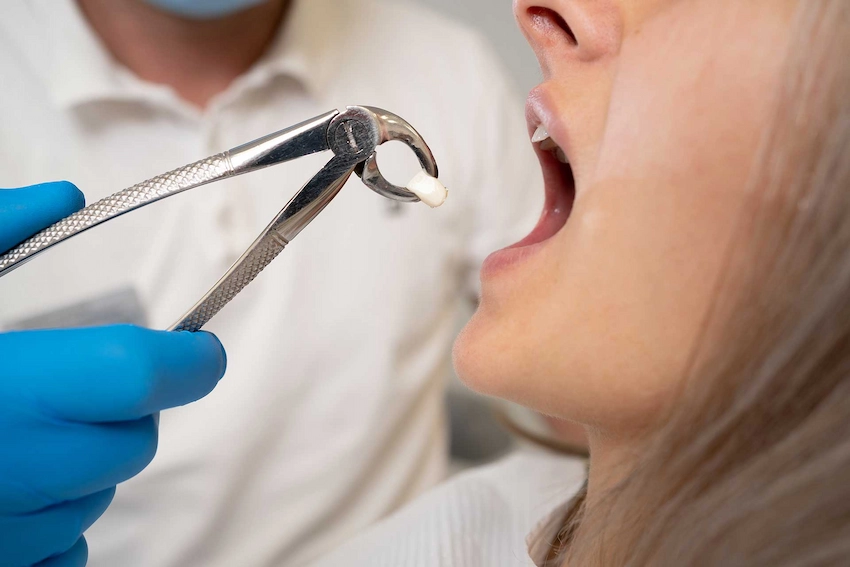
By being wise in choosing the suitable non-dairy equivalents and applying the instructions given to you by your dentist, you are assured of a quicker and easier recovery. At Lema Dental Clinic, we would be very happy to be there for you, giving you more than enough care to ensure that you have recovered fully from your previous oral issues.
FAQ: Why No Dairy After Tooth Extraction?
Dairy products can lead to increased mucus production, which may irritate the surgical site and make it harder to maintain oral hygiene. Additionally, some dairy products may contain sugars that can promote bacterial growth, increasing the risk of infection.
Yes, dairy can interfere with the healing process by potentially causing inflammation or discomfort around the extraction site. It’s essential to minimize any factors that could slow down recovery, and dairy products may contribute to these complications.
It’s advisable to avoid dairy for at least 48-72 hours following your extraction. This period is when the healing process is most sensitive, and avoiding dairy helps to prevent unnecessary irritation and complications.
Yes, you can opt for non-dairy alternatives like almond milk, oat milk, or coconut milk. These options can provide similar nutritional benefits without causing irritation or mucus build-up around the extraction site.
Consuming dairy too soon can increase the risk of infection and prolong recovery time. Dairy can also contribute to swelling, discomfort, and difficulty cleaning the mouth effectively, which may impede the healing process.
